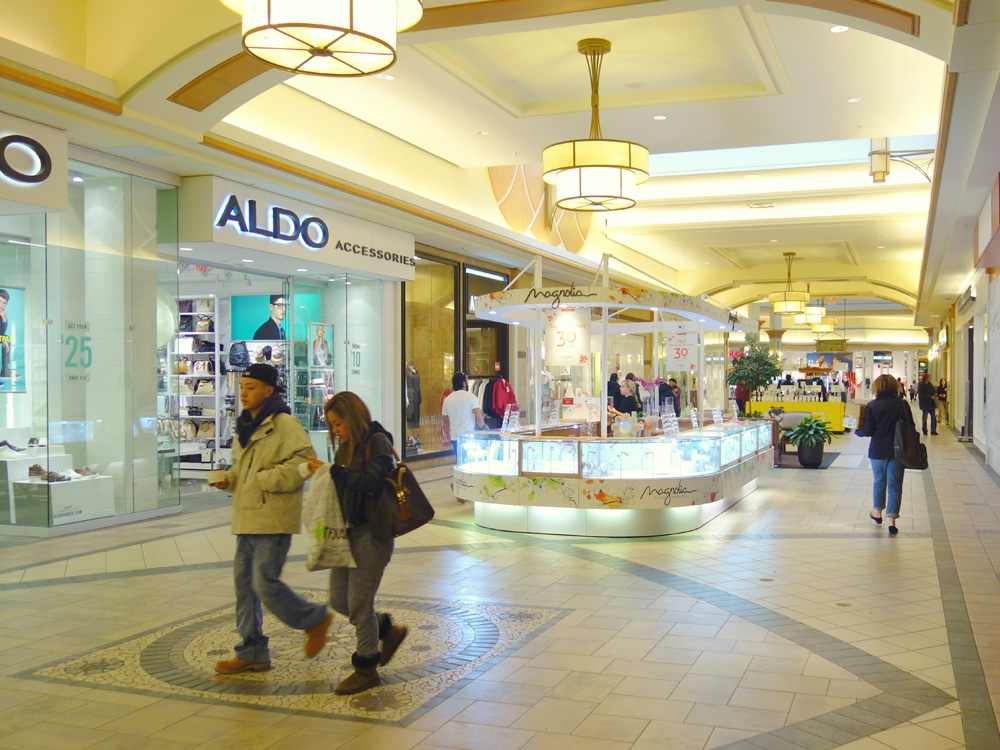Malls across North America have been dying a slow, undignified death, wrote Yahoo News Canada, April 8. Most malls were built decades ago to cater to Canadians who had migrated to the suburbs. For years, shopping castles surrounded by parking-lot moats ruled the retail kingdom, until they were hit by a triple-whammy in the ‘90s: power centers, e-commerce and aging infrastructure.
Things have only gotten worse as of late. Over the past 12 months the list of retailers found in your average Canadian mall who have been forced to close their doors is staggering. Among them are clothing stores like Smart Set and Boutique Jacob Inc., home decor destinations like Bombay & Co, Inc., electronics retailer The Sony Store and even stationery store Grand & Toy. The most recent and arguably highest profile departure is Target, pulling out of Canada after less than two years.
Future of malls is multi-purpose
 Some malls in smaller cities and towns will not be able to find a tenant to replace Target stores. In those cases owners may opt to split the stores into smaller spaces to be leased out. And some will benefit from going to more of a mixed-use model, said Jim Danahy, director of the Centre of Excellence for Retail Leadership in the Schulich Executive Education Centre and chief executive officer of the retail-consulting firm Customer LAB.
Some malls in smaller cities and towns will not be able to find a tenant to replace Target stores. In those cases owners may opt to split the stores into smaller spaces to be leased out. And some will benefit from going to more of a mixed-use model, said Jim Danahy, director of the Centre of Excellence for Retail Leadership in the Schulich Executive Education Centre and chief executive officer of the retail-consulting firm Customer LAB.
Malls that have a mix of uses, perhaps including condos, satellite campuses and offices, will have the best chance of surviving by becoming a vital and lively part of their communities again, said Danahy.
Even with big changes the retail model may soon seem as retro as catalogues and general stores.
Amazon is testing drones in rural BC that might one day deliver items to customers within 30 minutes of ordering. The biggest online store on the planet is also testing a ‘Dash Button’ that allows Amazon Prime members to order products at the push of a button.
That doesn’t mean all physical stores are ultimately doomed. Amazon just opened its first brick-and-mortar store this February, primarily as a place for customers to pick up orders.
Danahy sees this model as the future. Malls won’t completely cede their throne to the web, but all retailers will have to become ‘omni-channel’ offering customers a mix of online, mobile and in-person options, he says.
The splashy renovations and new international retailers setting up shop here show the rumours of the death of the mall have been somewhat exaggerated. It will ultimately be up to the kids of the boomers and Gen Xers whether they want to continue the tradition of whiling away the weekend at shopping castles, or if it’s time for the kids to find a new hangout spot.
